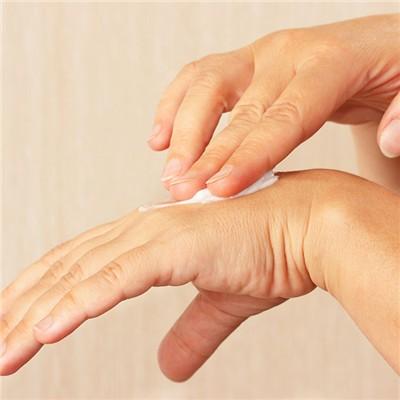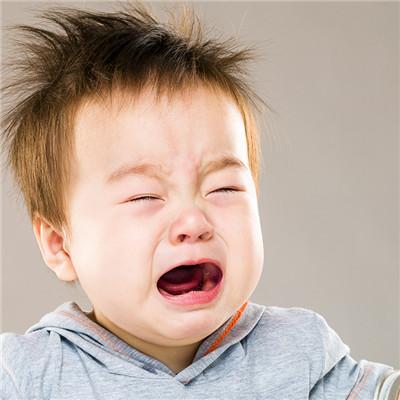How does esophagus rupture treat?
summary
The occurrence of each disease generally has some specific factors, and these factors can directly lead to the invasion of the disease. Today we introduce esophageal rupture, which is also a kind of disease that people often encounter in life. Esophageal rupture can occur in blunt injury, sharp instrument injury and firearm injury, or spontaneous esophageal rupture due to severe vomiting. Serious mediastinal infection can be caused by the overflow of food containing various bacteria and reflux gastric digestive juice into the mediastinum. How to treat esophageal rupture? Let's learn about it.
How does esophagus rupture treat?
First, there are few patients with SRE suitable for non-surgical treatment. Only those patients with very small break, extremely light mediastinal pollution, no obvious symptoms and no physiological disorder are suitable for close observation. The patient was treated with fasting water, continuous gastrointestinal decompression through nasogastric tube for 10 days, hypernutrition and antibiotics. If mediastinal abscess is found, drainage and washing should be done in time.
Second: generally, the rupture of esophageal mucosa is larger than that of esophageal myometrium. The esophageal myometrium should be extended to both ends. The two ends of the rupture of esophageal mucosa should be fully exposed, and then the two ends of the rupture of esophageal mucosa should be tightly sutured. Dead, necrotic and bleeding muscle tissue should be removed.
Third, the injury of esophagus is serious, the necrosis of esophagus wall is more than half of the inner diameter; Esophageal malignant tumor with SRE: severe irreversible esophageal basic lesions, extensive mucosal erosion, ulcer and scar stenosis; Sre of middle and upper esophagus or lower esophagus spread to upper esophagus; Multiple SRE, etc. If the patient is in good condition and can tolerate the operation, it is the indication of esophagectomy.
matters needing attention
The patient loses the function of swallowing autonomously or swallowing will cause aspiration (bilateral recurrent laryngeal nerve injury); The rupture of SRE is too long (more than 10 cm), and two overlapping stents can seal the rupture, but there is no esophageal wall outside the stent, which can not heal by itself; Perforation of the upper esophagus, higher than the level of the first thoracic vertebrae; Sre accompanied with esophageal varices; The patient's vital signs are unstable and cardiac arrest may occur at any time.















